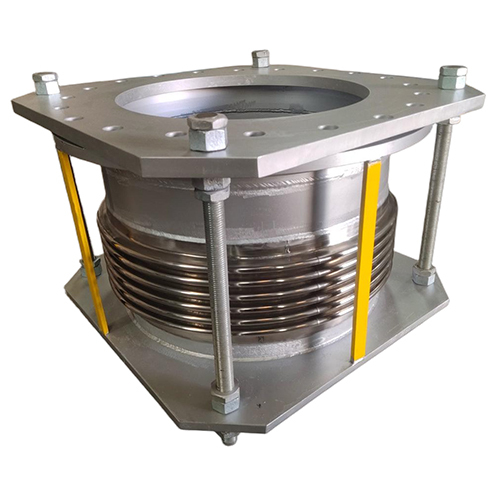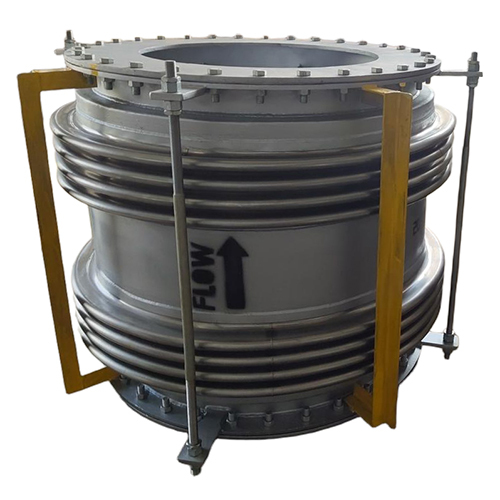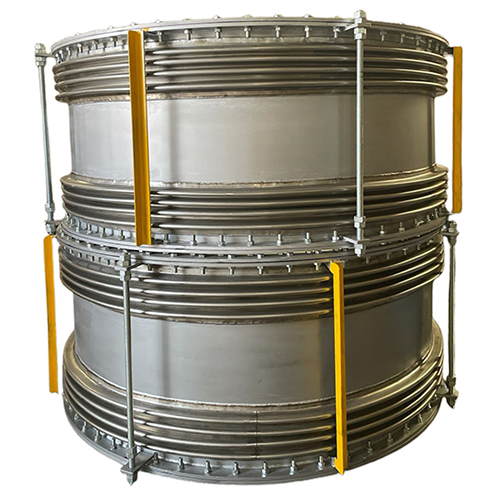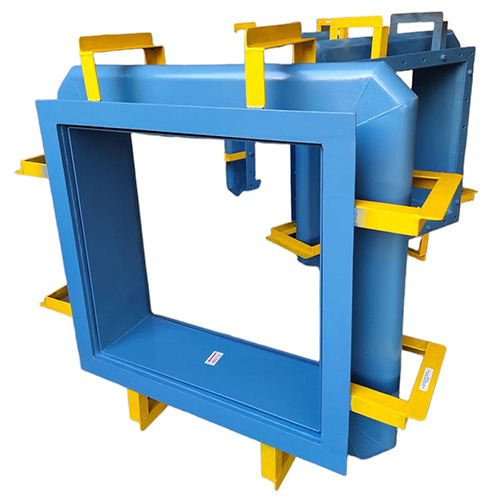Single Axial Tied Expansion Bellow
Product Details:
- Size Various Sizes Available
- Usage Industrial
- Surface Treatment Galvanized
- Material Stainless Steel
- Technique Casting
- Connecting Type Welding
- Click to View more
Single Axial Tied Expansion Bellow Price And Quantity
- 10000.00 - 100000.00 INR/Unit
- 1 Unit
Single Axial Tied Expansion Bellow Product Specifications
- Various Sizes Available
- Casting
- Galvanized
- Welding
- Stainless Steel
- Industrial
Single Axial Tied Expansion Bellow Trade Information
- Vadodara, Gujarat
- 100 Unit Per Month
- 7 Days
- Truck Load
- All India
- ISO 9001 : 2015
Product Description
A Single Axial Tied Expansion Bellow is a type of metallic expansion joint designed to absorb axial movement (i.e., compression or extension along the pipe axis), while restraining pressure thrust using external tie rods.
Components of a Single Axial Tied Expansion Bellow
| Component | Description |
|---|---|
| Bellows Element | Corrugated metal (typically stainless steel) that expands/contracts along the axis to absorb movement. |
| End Connections | Welded ends or flanges used to connect the expansion joint to the piping system. |
| Tie Rods (Tie Bars) | One or more rods that run externally between the two ends, restraining the pressure thrust and allowing only axial movement. |
| Gusset Plates / Lugs | Welded to the ends of the joint to serve as anchoring points for the tie rods. |
| Nuts/Washers | Lock the tie rods in place and allow adjustment/pre-tensioning. |
| (Optional) Internal Sleeve | Sometimes included to reduce turbulence and protect the bellows from erosion by internal flow. |
Function & Characteristics
-
Movement Type: Axial only (expansion and contraction along the pipe axis).
-
Thrust-Restrained: Internal pressure thrust is absorbed by tie rodsïnot transmitted to adjacent pipe or anchors.
-
No Lateral or Angular Movement (unless explicitly designed for limited multi-axis movement).
Applications
-
Thermal expansion in straight pipe runs.
-
Pump and compressor connections.
-
Systems with well-defined anchor points and limited space.
-
Low to medium-pressure steam, gas, or fluid systems.
Limitations
-
Cannot absorb lateral or angular movement.
-
Misalignment in installation can lead to premature failure.
-
Tie rods must be properly aligned and tensioned to function correctly.
Typical Standards Used
-
EJMA (Expansion Joint Manufacturers Association) design guidelines.
-
ASME B31.3 for piping stress design.
-
Materials often conform to ASTM standards (e.g., A240 for SS 316L bellows).

Price:
- 50
- 100
- 200
- 250
- 500
- 1000+









 Send Inquiry
Send Inquiry Send SMS
Send SMS English
English Spanish
Spanish French
French German
German Italian
Italian Chinese (Simplified)
Chinese (Simplified) Japanese
Japanese Korean
Korean Arabic
Arabic Portuguese
Portuguese